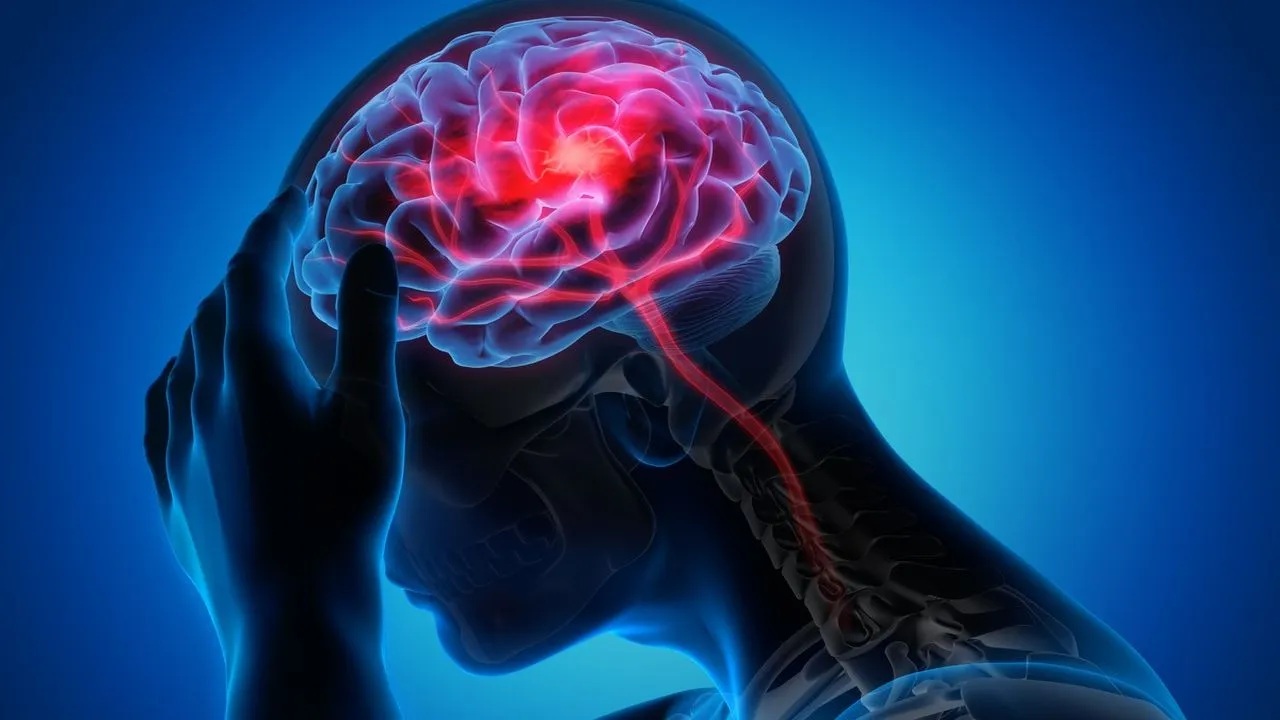The first three hours after the onset of stroke symptoms are known as the “golden window period.” Getting medical help within this time can mean the difference between full recovery and lifelong disability.
Published Oct 29, 2025 | 7:00 AM ⚊ Updated Oct 29, 2025 | 7:00 AM

A stroke occurs when blood flow to a part of the brain is interrupted—either due to a blockage (ischemic stroke) or bleeding (hemorrhagic stroke). When this happens, brain cells begin to die within minutes.
Synopsis: Many lives are lost to false beliefs—that stroke recovery can wait until “the next morning,” or that alternative therapies or massages can “cure” paralysis. These delays cost the brain precious time. It’s vital to rely only on scientifically proven emergency medical care.
Two friends, Ravi and Suresh, both 58, led similar lives: both were teachers, non-smokers, family men, and proud grandfathers.
One morning, both developed sudden weakness in one arm and slurred speech. Ravi’s wife, remembering a health talk on stroke, rushed him to a nearby stroke-ready hospital within an hour. Suresh’s family, however, assumed it was “a nerve weakness” and tried home remedies they had seen online. Ravi walked out of the hospital in a week, nearly fully recovered. Suresh never regained consciousness.
A stroke occurs when blood flow to a part of the brain is interrupted—either due to a blockage (ischemic stroke) or bleeding (hemorrhagic stroke). When this happens, brain cells begin to die within minutes. Stroke is one of the leading causes of death and long-term disability in India, yet timely recognition and treatment can dramatically change outcomes.
Early detection is life-saving. The acronym, BE FAST, helps you identify stroke symptoms quickly:
The first three hours after the onset of the symptoms are known as the ‘golden window period.’ Getting medical help within this window can mean the difference between full recovery and lifelong disability.
If a stroke is caused by a blood clot blocking an artery, a medicine called intravenous thrombolytic (clot-busting) therapy can be given within this three-hour window (sometimes up to 4.5 hours). The drug—tissue plasminogen activator (tPA)—dissolves the clot, restoring blood flow to the affected brain region.
Scientific trials worldwide have proven its effectiveness: nearly one in three thrombolysed patients recover with minimal disability, compared to one in seven who are not treated with tPA. The therapy is endorsed by major neurological societies and remains the standard of care for eligible patients.
In some cases, especially when a large artery is blocked, mechanical thrombectomy—a minimally invasive procedure to remove the clot using a catheter—can be performed. This is possible up to 24 hours after symptom onset in selected patients, but the sooner it’s done, the better the outcome.
Many lives are lost to false beliefs—that stroke recovery can wait until “the next morning,” or that alternative therapies or massages can “cure” paralysis. These delays cost the brain precious time. It’s vital to rely only on scientifically proven emergency medical care.
Major risk factors, including high blood pressure, diabetes, smoking, high cholesterol, obesity, and heart diseases like atrial fibrillation, lead to stroke. Sedentary lifestyle, poor diet, and excessive alcohol intake add to the risk. The encouraging fact is that up to 80% of strokes are preventable through healthy habits—maintaining blood pressure, exercising regularly, eating balanced meals, quitting smoking, and controlling blood sugar.
Stroke treatment does not end in the emergency room. Long-term care is essential to prevent recurrence and improve quality of life. Patients are usually prescribed antiplatelet drugs and statins, along with strict control of blood pressure and diabetes.
Physiotherapy helps regain strength and mobility, while speech and occupational therapy aid functional recovery. Emotional well-being is equally important—psychological support and caregiver education reduce stress and prevent burnout in families managing stroke survivors.
Ravi’s story is proof that awareness saves lives. Recognise the signs, act without delay, and remember: in stroke, every minute counts—because time is brain.
On Wednesday, 29 October, we commemorate World Stroke Day — a reminder of the urgency in recognising and preventing this life-threatening condition. I urge every reader to share this knowledge with their family, neighbours, and colleagues.
Awareness spreads faster than disease—when we talk openly about stroke, we save lives. Let us replace half-knowledge and myths with facts, encourage timely medical action, and build communities that recognise stroke as an emergency, not a mystery.
Together, we can ensure that more people get the right treatment at the right time—and return to the lives they love.
(Edited by Majnu Babu).
